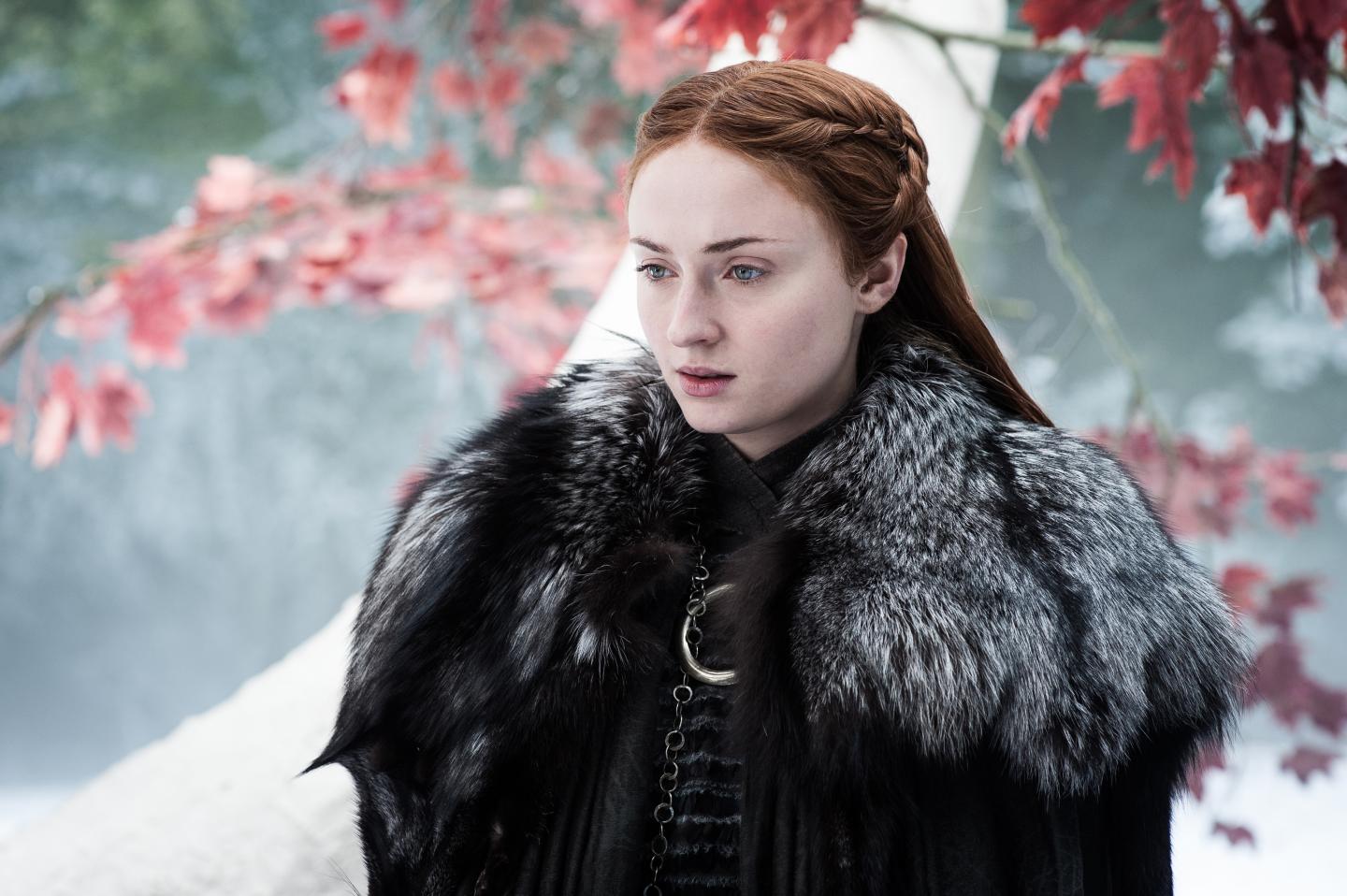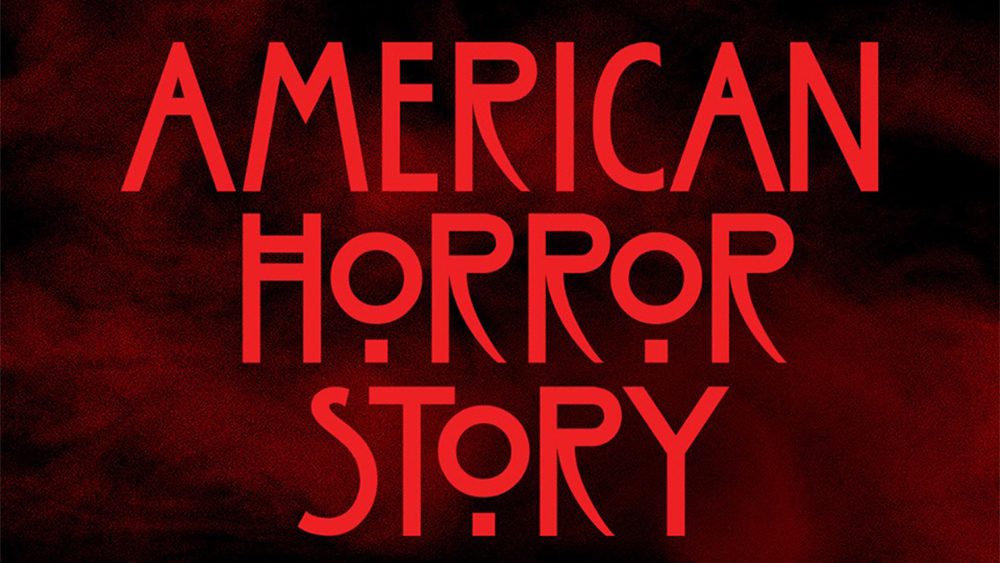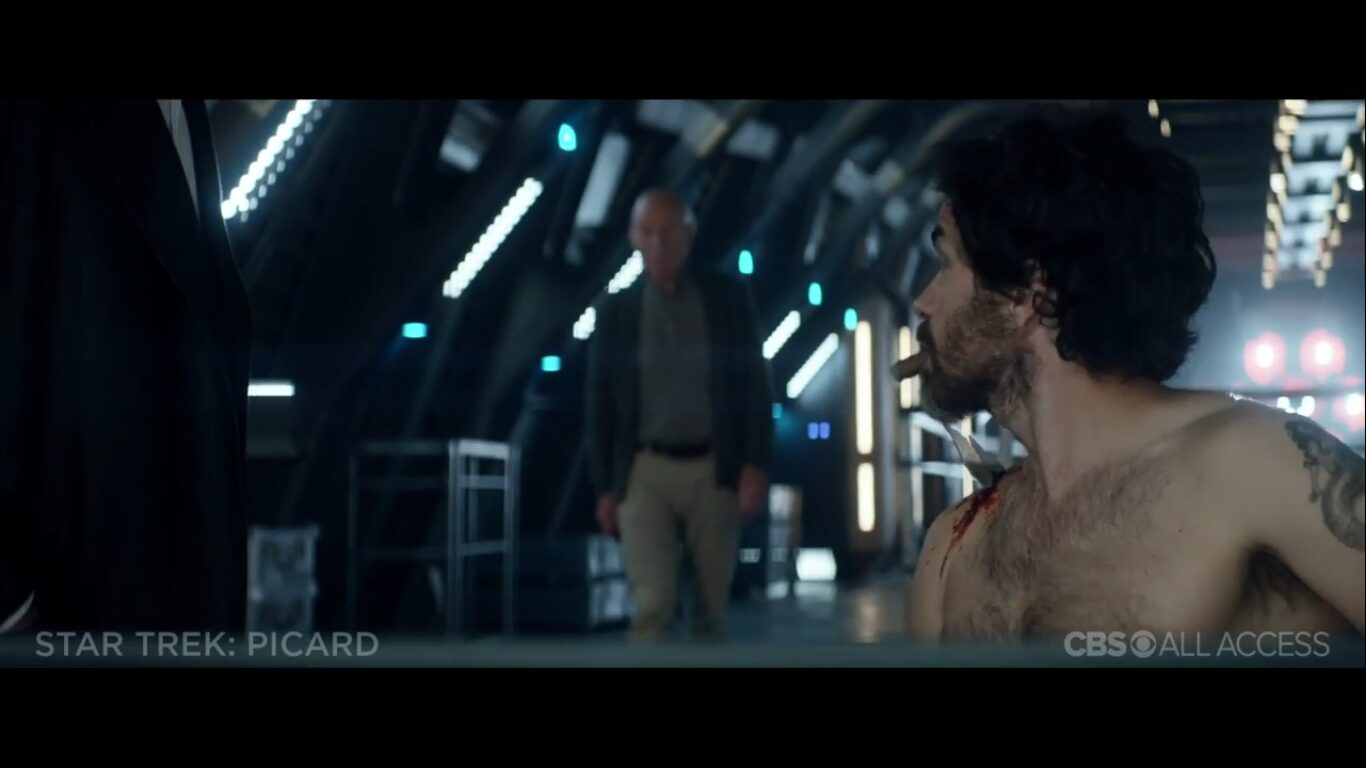I’ve said before that the plus side to Game of Thrones closing out with two shortened seasons is that it requires the show to trim the fat and try to up its game with every installment – it’s effectively all killer, no filler. Another added bonus is that it offers the audience some time to breathe between these seven episodes and the seven that will make up season eight, because if the show kept up this intense pace for twenty straight episodes (instead of sixteen) it would not only exhaust us, but it would lose its effectiveness. Jokes have been made for years about the size of GoT‘s cast, and while it’s still an enormous ensemble, here in its seventh season it manages to feel lean.
I love how the show is subverting expectations with the Stark reunions – not that it isn’t wonderful to see Bran, Sansa, and Arya together again for the first time since season one, but it is profoundly bittersweet. It’s fun to watch Arya use her training to give some guards the slip, and it’s sweet that Sansa knows right away where her sister will be, but it’s short-lived. “The Spoils of War” isn’t interested in fun, and it wants us to know how much these characters have changed. Isaac Hempstead Wright, for instance, is effectively playing a different character; he doesn’t act the same way to play Bran as he does to play the Three-Eyed Raven. Sophie Turner, excellent as always, turns Sansa into a great audience surrogate; there’s a wonderful shot when she sees Arya sparring with Brienne and she realizes that she’ll never again have a little brother or sister, and the last Stark who had a chance to be normal in this world died at the end of Ramsay Bolton’s arrow. (I should also point out that Arya’s sparring with Brienne is an incredibly petty move, but Brienne seems to enjoy it nevertheless, and Williams looks terrific in combat.)
That’s an important them running throughout “The Spoils of War”: change. It would be inaccurate to describe change, or time, as cruel, because in reality change is as unfeeling as Bran Stark. The ever-shifting position of victors and vanquished in the war attests to the seemingly arbitrary nature of change.
There’s a great moment at the beginning of “Spoils” that speaks to this. Jon takes Daenerys into the cave of dragonglass – Jon lost his virginity in a cave, so one wonders if the show is not-too-subtly hinting at something here – to show her some cave paintings. I’ll admit that is the neatest bit of narrative in the episode, but it’s effective so it gets a pass. The paintings, by the Children of the Forest, show them working together with the First Men to defeat the white walkers. It sways Daenerys, but not completely; she still insists that Jon bend the knee, and what Game of Thrones is handling so nicely with their back and forth on this subject is that they both get to raise some good points. After a line of Targaryens, Baratheons, and Lannisters, the last thing the North will consent to is rule by a Southern monarch; Daenerys counters by telling Jon that his men will follow him and trust his judgment. The moral ambiguity, which has always been a part of the show’s fabric but is especially prevalent in this episode, is enough of a factor that I don’t know which character to agree with (this will come into play later).
That’s the logistical effect of the paintings, and it serves its purpose. But the philosophical effect is more felt. Look at this, the paintings say. This war was fought thousands of years ago, it’s being fought today, and it will be fought again. The white walkers have always seemed like a nigh-insurmountable foe – an army that consistently replenishes its numbers and doesn’t need to eat or sleep – but now the whole thing seems pointless. Dwarfed by the walls of obsidian, Jon and Daenerys look small, and they feel small. What’s the point? Their lifelines are so insignificant as to be barely worthy of mention, and their enemy is eternal. It makes them both look desperate, and that’s not a knock against the episode; on the contrary, it adds a nice element of humanity to both. It also might be a factor in Danerys’s decision-making.
Some episodes of Game of Thrones have a shorthand to them; “The Rains of Castamere” is the Red Wedding, “Baelor” is Ned’s beheading, and “The Spoils of War” will henceforth be known as the episode where Daenerys and her dragon go absolutely apeshit on the Lannister army. In almost every episode this season, people have been telling her: use the dragons. GoT was wise to hold back on her doing so. She’s pressed into a corner – her fleet is destroyed, the Unsullied are stranded, and if she burns King’s Landing to the ground she’ll be no better than Cersei, who blew up the Sept of Baelor last season. David Benioff and D.B. Weiss needed to make sufficiently desperate, which Emilia Clarke plays well.
I’m going to try to avoid hyperbole when writing about the dragon attack, but I promise you it will be difficult. Director Matt Shakman (Fargo, The Good Wife) wrings every last drop of tension out of the sound of approaching horses; your stomach turns over when you hear Dothraki war whoops. It was a brilliant writing move by Benioff and Weiss to have Jaime and Bronn present for the attack; otherwise it would just be a massacre of nameless Lannister soldiers, and as I’ve said before, this is not a show interested in fan service. But we like Jaime and Bronn – here’s where that moral ambiguity comes back into play – even though we don’t want them to succeed. But we don’t want them to die, either.
The Dothraki horde is intimidating enough, sufficiently so that I wondered how they were going to get out of this one. Bronn tells Jaime to leave, insisting (rightly) that he’s a commander, not an infrantryman, and his death will help no one except their enemy. Then, in a fun contrast, Daenerys herself comes swooping in on Drogon. (Here’s where that hyperbole is going to get the best of me.) Simply put, you won’t see anything like this on any other show; in the last half hour of “The Spoils of War” Game of Thrones makes a convincing case for its status as a classic. The dragon looks fantastic – even its shadow is beautifully rendered – and Daenerys makes a great display of power. Shakman doesn’t let himself rely on the spectacle of the attack; he makes the action as visceral and intense as it can get. The battle is well-choreographed, and Shakman has a good sense of the battlefield’s geography.
The human element is nicely represented too; Nicolaj Coster-Waldau, in particular, does some great facial acting. Not only is his army destroyed, literally reduced to ash in some cases, but his very world is changing. For years now he’s heard about these dragons, but to see them – even one of them – is a different experience altogether. Here is myth made reality, and Daenerys’s surety atop Drogon and her fearlessness in battle acts as a kind of reckoning – what chance do he and his sister have against this? The big silly crossbow seems to work – it wounds Drogon but doesn’t kill him – but the optics of this are a nightmare. Dragons are real, and Daenerys Targareyn commands tens of thousands of merciless Dothraki who only care about putting her on the Iron Throne. If Jaime turns against Cersei in the future, as it’s been speculated he will, this is where he started changing his mind. It all comes back to change.
4.5/5






